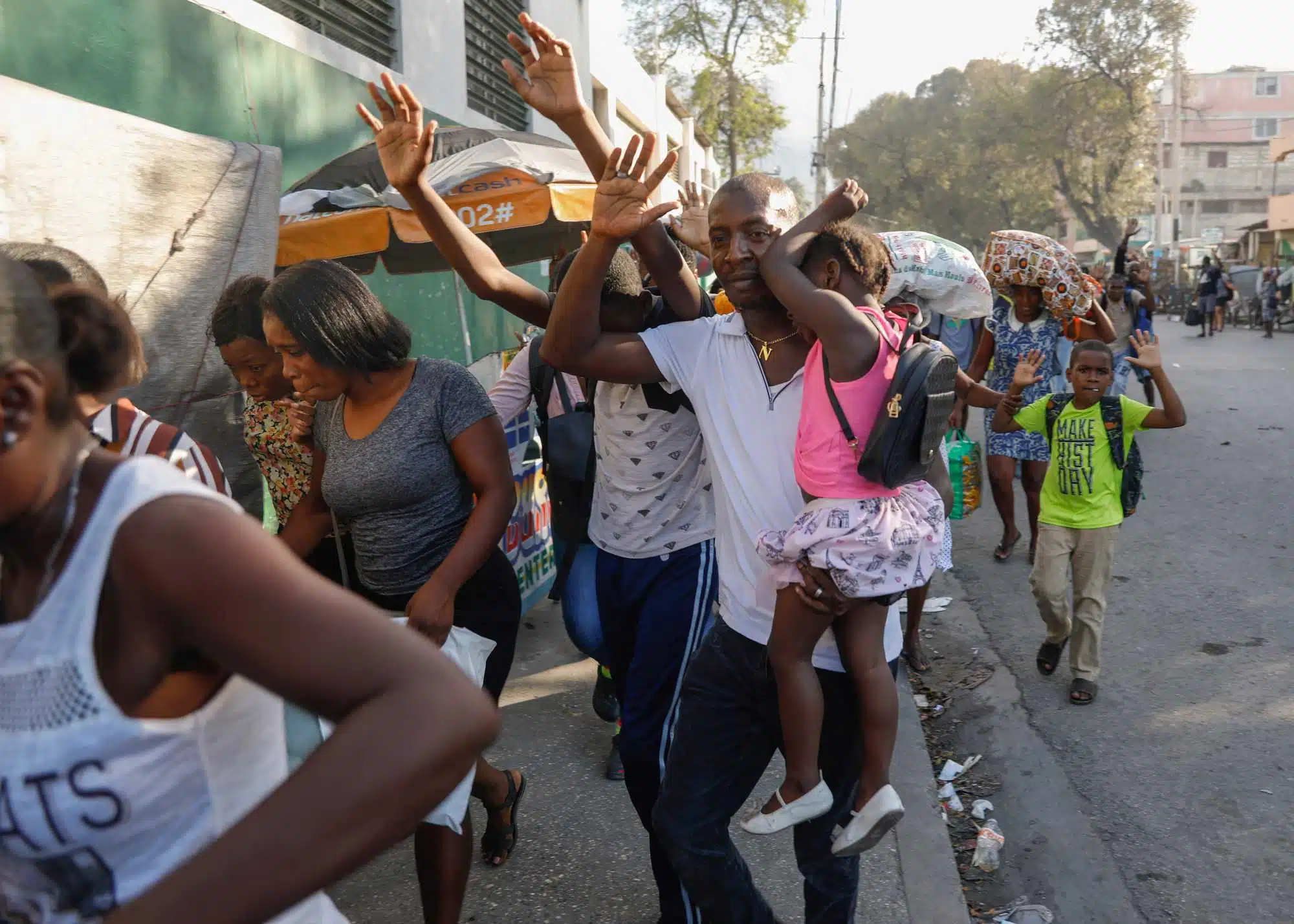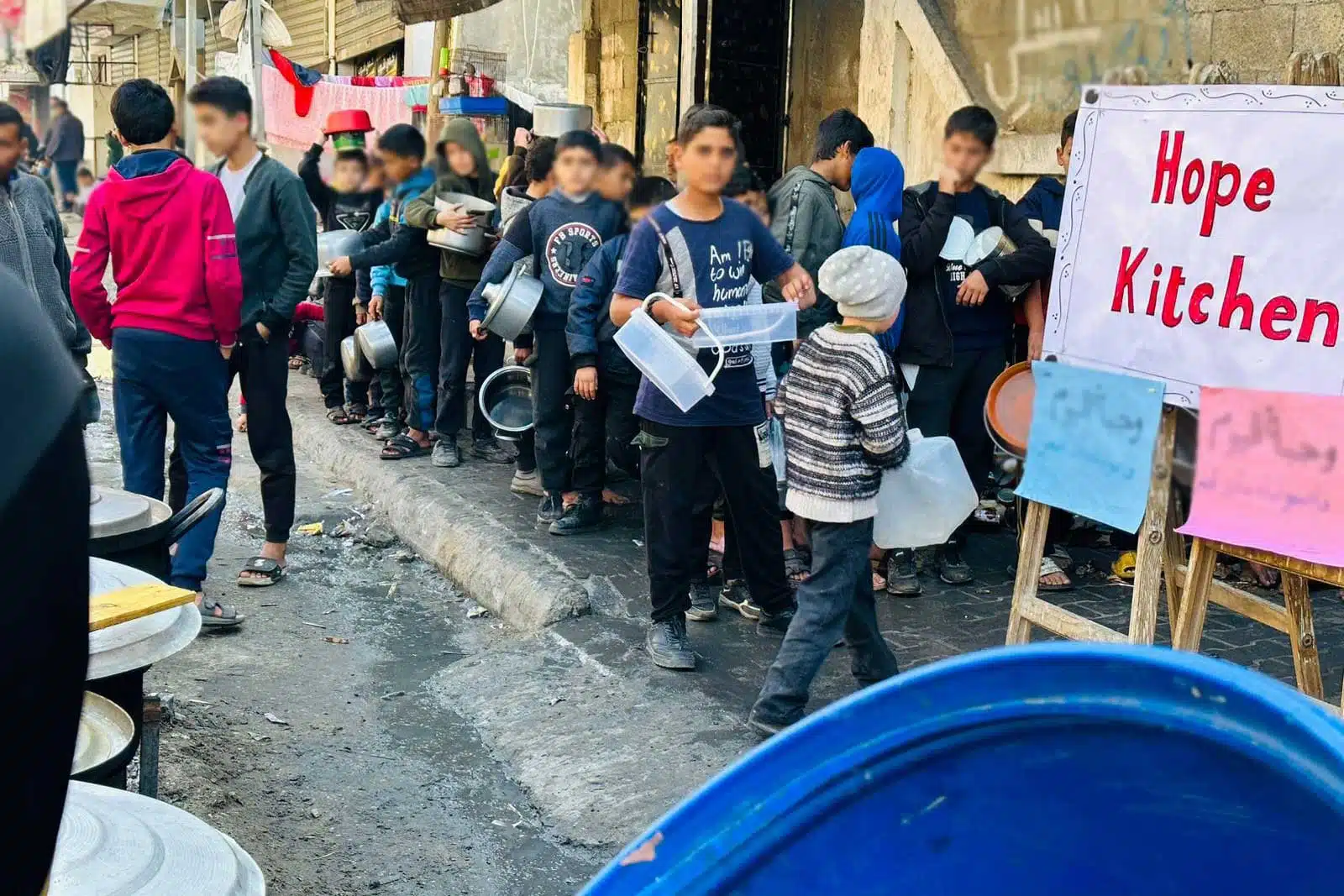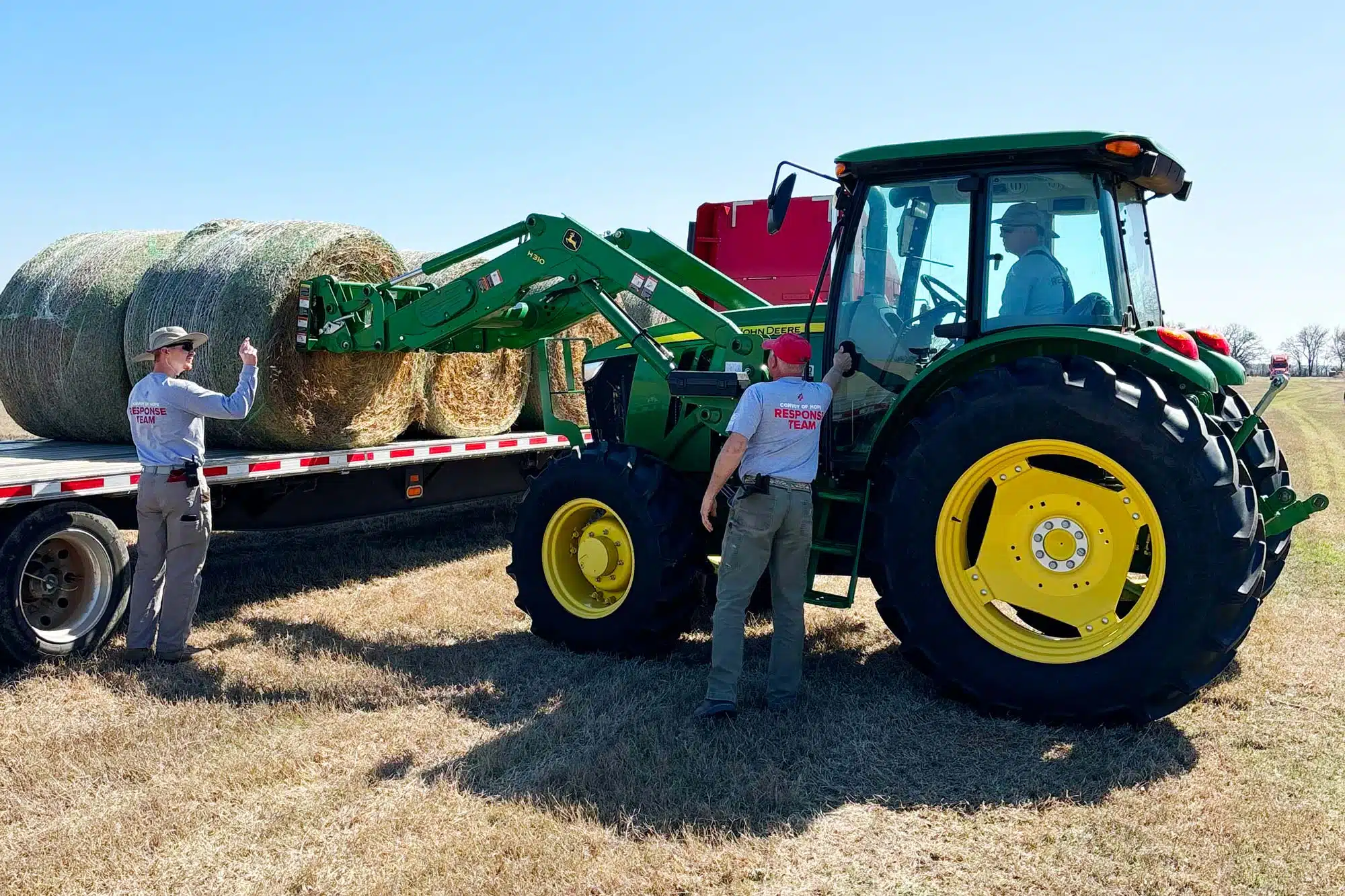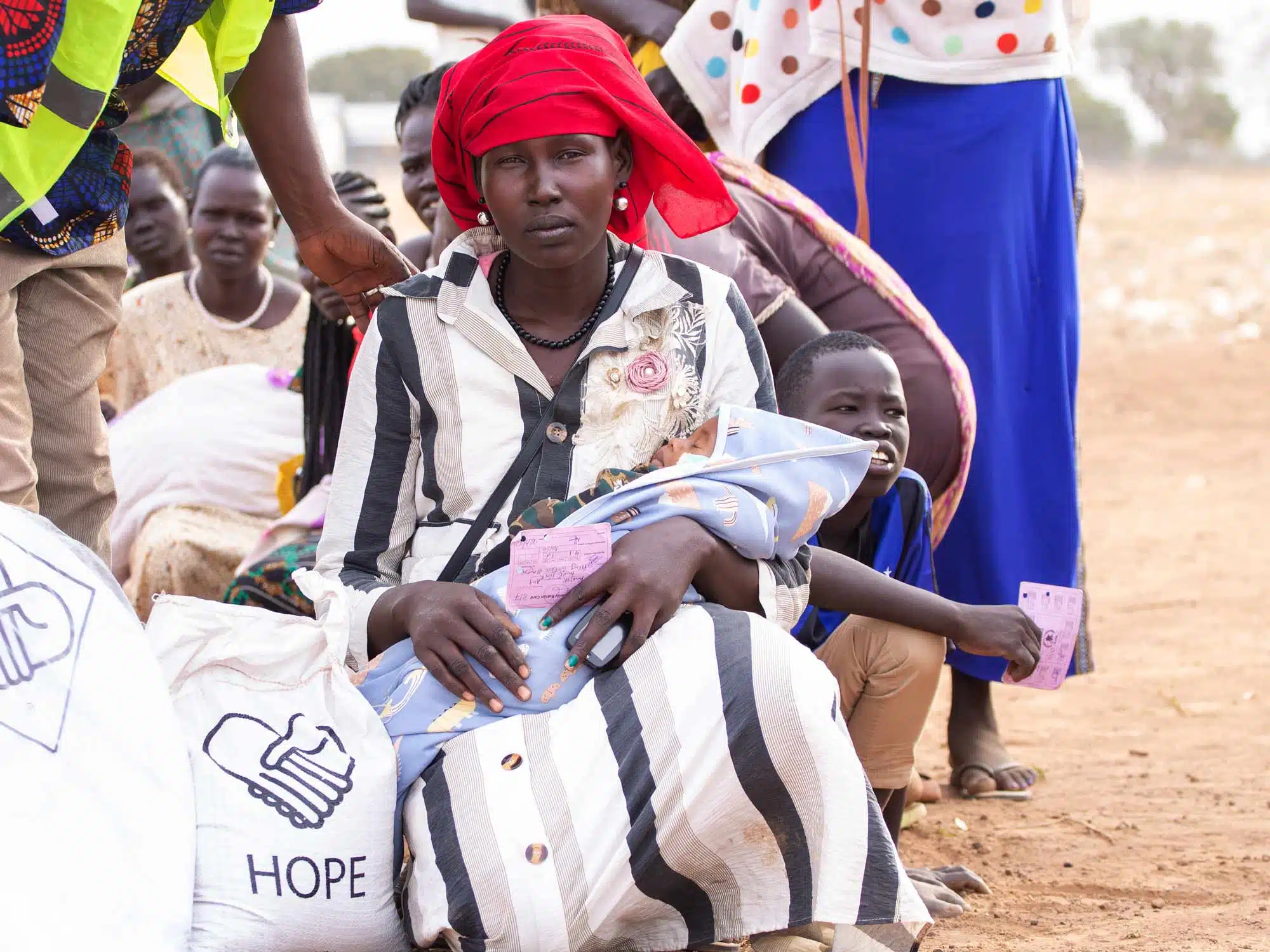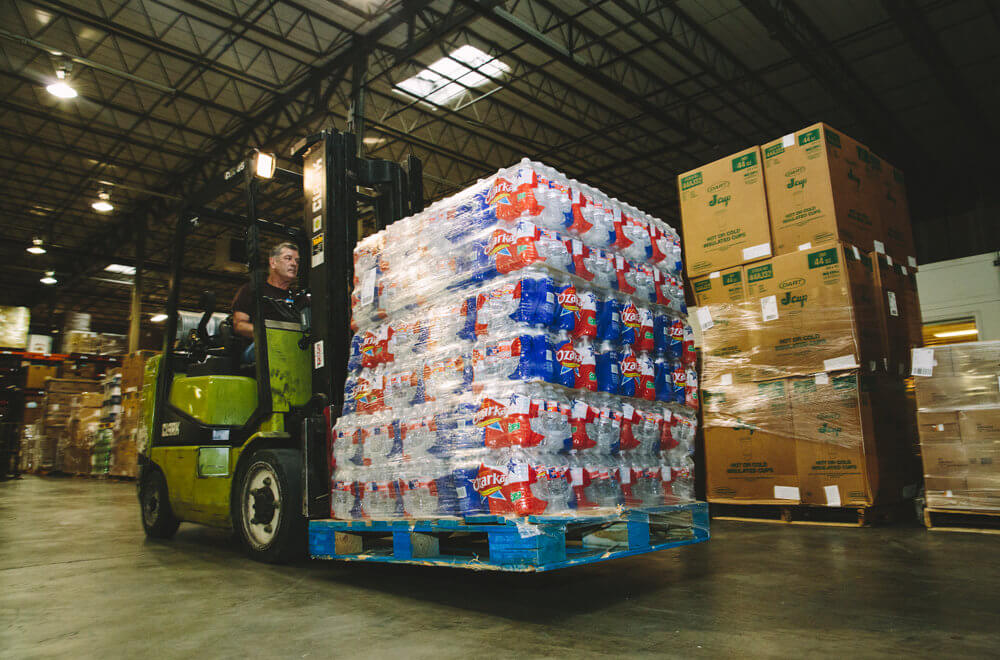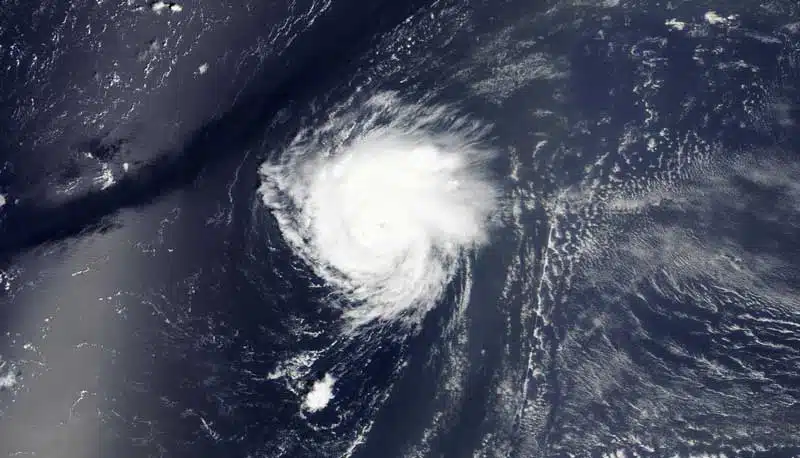
In 1999, Hurricane Cindy reached Category 4 strength in a hurricane season that would include five Category 4 storms, the highest number for a single season and tied with 1961, 2005, and 2020. Unlike Bret, Floyd, Gert, and Lenny, Cindy never threatened land.
The weather services and National Hurricane Center began tracking Tropical Storm Cindy on June 22. The third tropical storm of this 2023 season, Cindy was unusual in that it formed while Bret was still circulating. It was the first time since 1968 the Atlantic had two named storms in June at the same time. Fortunately, communities in Cindy’s path did not have to take major precautions, since the system dissipated on June 26.
Whether or not Cindy would have become a hurricane connected directly to its wind speed. Named storms are tropical cyclones that meet specific speed criteria.
Tropical cyclones are rotating, organized systems of clouds and thunderstorms that originate over tropical or subtropical waters and have a closed low-level circulation.
- • When sustained wind speeds are less than 39 mph, the cyclone is a tropical depression. Tropical depressions are not given names, but they are tracked in case they develop into tropical storms or hurricanes.
- • Cindy would be classified as a tropical storm and its name released if its sustained wind speed reaches 39 mph.
- • If that speed reaches 74 mph, Cindy will be a Category 1 hurricane.
Even a tropical storm can pose a threat to lives and property — often resulting in heavy rainfall, wind damage, and flooding.
When Was Hurricane Cindy?
A current hurricane often shares a name with a historic storm. Perhaps you’ve asked, “When did Hurricane Cindy hit?” or “What year was Hurricane Cindy?”
Before this season, “Cindy” had been the name of 11 tropical cyclones worldwide, used nine times in the Atlantic Ocean during what is often called the Atlantic Hurricane Season. Cindy reached hurricane status in 1959, 1999, and 2005. However, Tropical Storm Cindy of 1963 is categorized as a Category 1 hurricane by some sources.

Where Did Hurricane Cindy Hit?
Hurricane Cindy 1959: This storm impacted the U.S. eastern coast, causing minor damage in South Carolina, where it made landfall near McClellanville. Cindy turned and moved back into the Atlantic Ocean below hurricane strength.
While 1999’s Hurricane Cindy never reached land, in 2005 Hurricane Cindy reached Grand Isle, Louisiana, as a weak hurricane. Before dissipating in the Gulf of St. Lawrence, Cindy beat a path as a tropical and extratropical depression over Mississippi, Alabama, and the Carolinas with significant wind gusts.
What Category Was Hurricane Cindy?
In 1999, Hurricane Cindy achieved its Category 4 rating with a peak windspeed of 140 mph in the open Atlantic Ocean about 700 miles NNE of the Lesser Antilles islands (Virgin Islands, Anguilla, and others).
The Cindy hurricanes of 1959 and 2005 achieved Category 1 status.
What Time Will Hurricane Cindy Make Landfall?
Similarly named hurricanes in history have no connection. Asking, “What time did Hurricane Cindy make landfall?” during previous storms won’t help you prepare today.
With any current storm predicted to reach your region, you should be aware of the predicted landfall. It is important, when dealing with a hurricane, not to make the mistake of waiting until the last minute to head to a safe area. This article will be updated as more details about 2023’s Cindy become available.
How Many People Died in Hurricane Cindy?
Besides the extent of property damage caused by a tropical storm or hurricane, you might naturally ask, “Did anyone die in Hurricane Cindy?”
Even a weak hurricane can cause loss of life due to environmental damage.
- • A driver was killed in 1959 after colliding with a fallen tree on U.S. Route 17.
- • Five deaths in New England were attributed to poor road conditions in the storms that followed in Cindy’s path.
- • In 2005, Hurricane Cindy was responsible for three deaths in the U.S.
- • The deadliest Cindy, however, was not a hurricane. In 1993, Tropical Storm Cindy was responsible for two deaths in Martinique and two in the Dominican Republic.
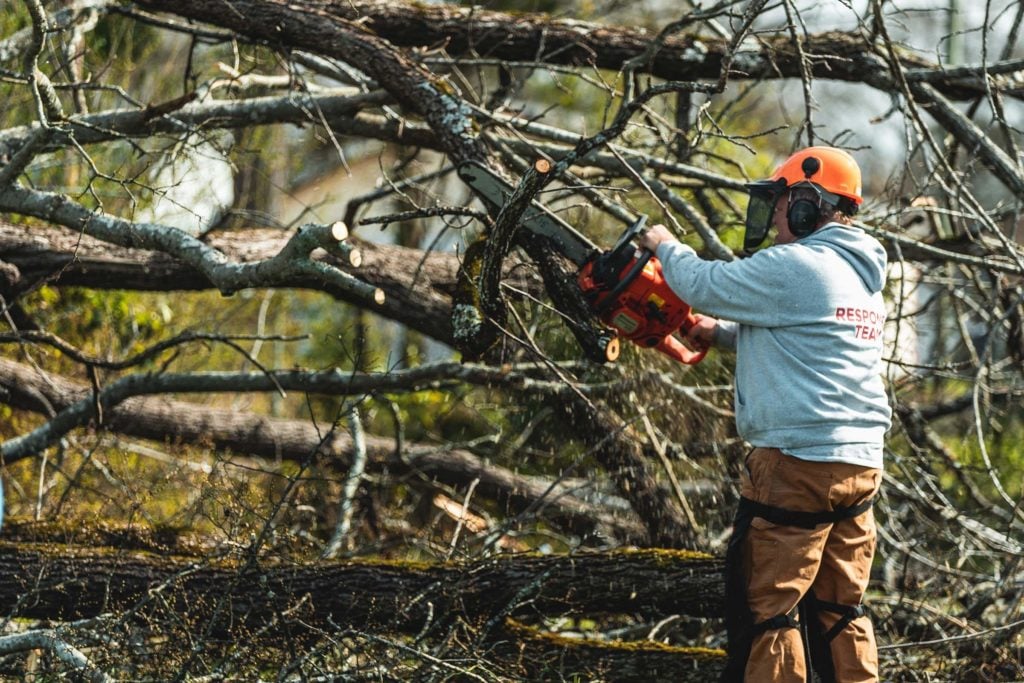
What Was the Path of Hurricane Cindy?
A cyclone’s path from tropical depression, potentially through hurricane status, and then final dissipation can cover thousands of miles. In 1959, Cindy’s origins were attributed to a low-pressure area from the Great Lakes that traveled southeastward and settled over the Atlantic Ocean between Florida and Bermuda. After making landfall in South Carolina, Cindy moved northeast and eventually weakened in eastern Canada.
In 1999, Cindy began developing west of Senegal, with its entire life cycle extending over the North Atlantic. In 2005, Hurricane Cindy reached Category 1 status after a tropical wave moved quickly across the Atlantic from Africa and became a more organized storm over the Caribbean Sea. Cindy was initially predicted to reach Texas, but shifted over the Gulf of Mexico and made landfall in Southeast Louisiana.
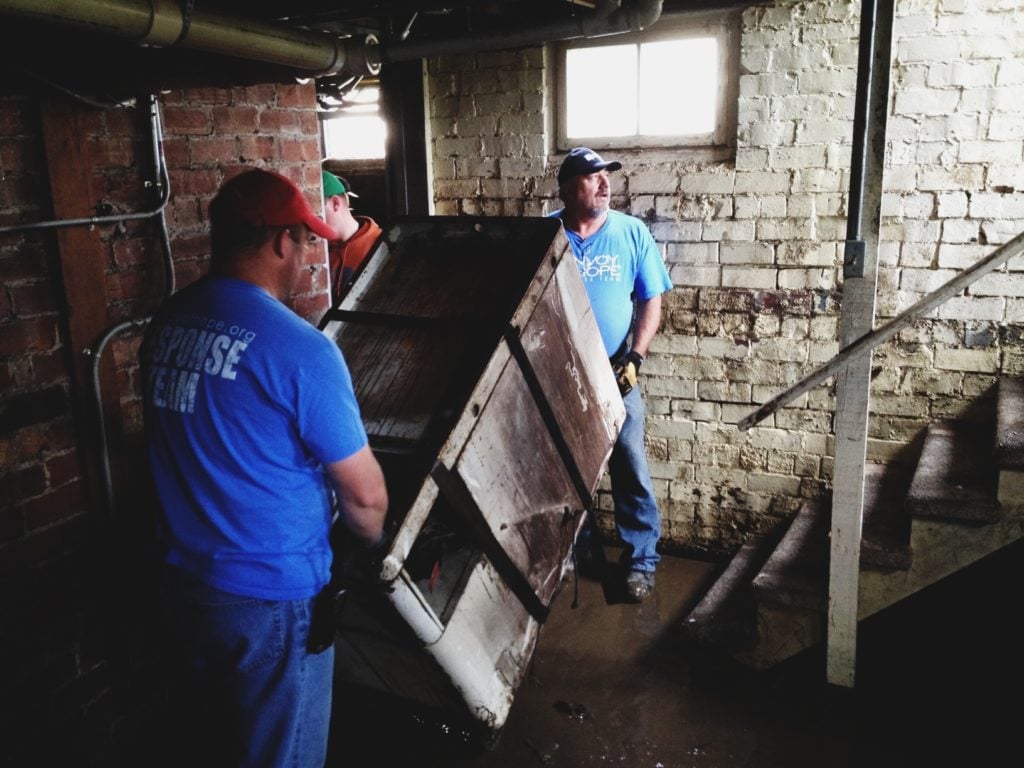
Convoy of Hope & Hurricanes
Convoy of Hope’s first disaster response was to flooding in Del Rio, Texas, after 1998’s Tropical Storm Charley. Hurricane response continues to be an annual priority for Convoy.
After a hurricane is named, Convoy’s Disaster Services team follows weather updates closely. Days ahead of a predicted landfall, trucks head from Convoy’s World Distribution Center to the affected area with plans to set up one or more distribution points of relief supplies.
Local volunteers join Convoy team members at a distribution point, usually a local church. With pallets of supplies offloaded from semi-trucks and strategically positioned across a large parking lot, lines of cars form on a distribution day to receive groceries, bottled water, bags of ice, cleaning supplies, and other resources desperately needed following a storm’s impact on a community.
Hurricane Ian’s 155 mph winds hit hard across central Florida on September 28, 2022. With the help of nearly 500 volunteers, Convoy of Hope had served more than 17,000 survivors by October 6.
Convoy of Hope Disaster Services responds to natural disasters around the world, offering help and hope to people facing some of the most challenging circumstances in their lives. Convoy provides support through children’s feeding initiatives, women’s empowerment, community outreach, and disaster response.
